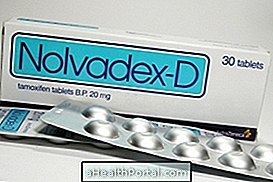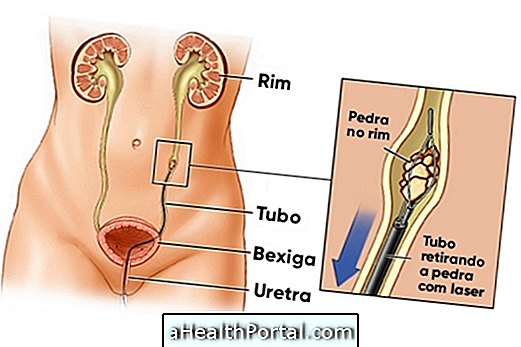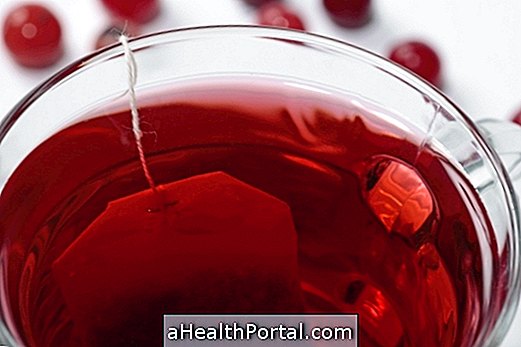AIDS treatment is done with antiretroviral drugs that are provided free of charge by SUS. These drugs fight the virus and strengthen the immune system, but do not cure the disease because the cure for AIDS has not yet been discovered.
Despite this, it is important to follow the treatment of AIDS to reduce viral load, increase the life span, and also to reduce the risk of developing AIDS-related diseases such as Tuberculosis and Pneumonia. See other examples: AIDS-related diseases.
When to start AIDS treatment
Treatment of AIDS should be initiated immediately in pregnant patients or when the individual has a blood test:
- Viral load is greater than 100, 000 / ml
- CD4 rate is less than 500mm³ of blood
If antiretroviral therapy is started when the patient is at a later stage of the disease, there may be an inflammation called inflammatory immune reconstitution syndrome (CRS), however this therapy should be continued and the physician may evaluate the use of Prednisone for a week or two to help control the inflammation.
Where to get AIDS treatment
The treatment of AIDS can be done by the SUS, where the individual receives the medicines and has access to the HIV test, which must be done about 3 times a year, to control the disease.
AIDS drug treatment
Drug treatment for AIDS is done with the use of a cocktail of medicines consisting of:
- AZT - Zidovudine;
- DDI - Didanosine;
- DDC - Zalcitabine;
- 3 TC - Lamivudine
- D4T - Stavudine.
The treatment of AIDS in pregnancy should be guided by the obstetrician and may be different because some remedies for AIDS can cause malformations in the baby. Here's how the treatment looks: AIDS in pregnancy.
The side effects that the cocktail for AIDS can cause are:
- Numbness, Vomiting, Unwellness,
- Loss of appetite, Headache, Skin changes
- Loss of fat throughout the body, with increased fat in the belly.
These symptoms are most common early in treatment and tend to fade over time. But when they do appear, they should be told to the doctor, because their intensity can be reduced by changing the medicine for another one or by adjusting its dose.
The cocktail should always be taken at the right dose and at the right time every day to prevent the virus from getting even stronger, facilitating the onset of other diseases.
During the treatment of AIDS there may be a compromise in the kidneys, liver and bones and so the doctor can prescribe medicines to control these diseases.
Food is also very important in the treatment of AIDS because it prevents chronic diseases, strengthens the immune system, and even helps fight the side effects of antiretroviral therapy. See What to Eat in: How Food Can Help in the Treatment of AIDS.
When to go back to the doctor
After the first week of treatment, the patient should return to the doctor to check the reactions to the medications, and after this visit he should return to the doctor once a month.
When the disease stabilizes, the patient should return to the doctor every 6 months, performing examinations every six months or from year to year, depending on his state of health.
Learn more about AIDS:

























